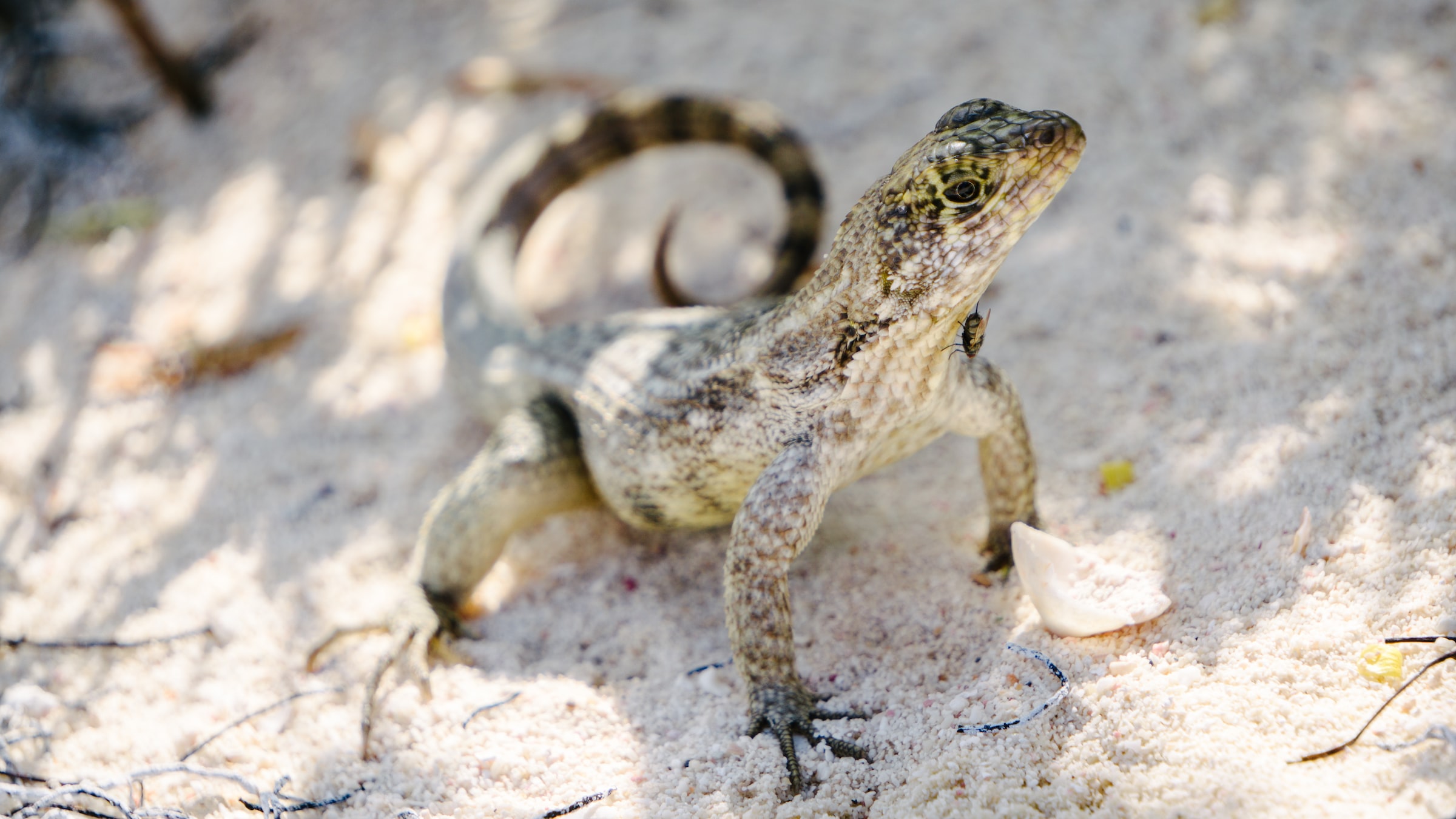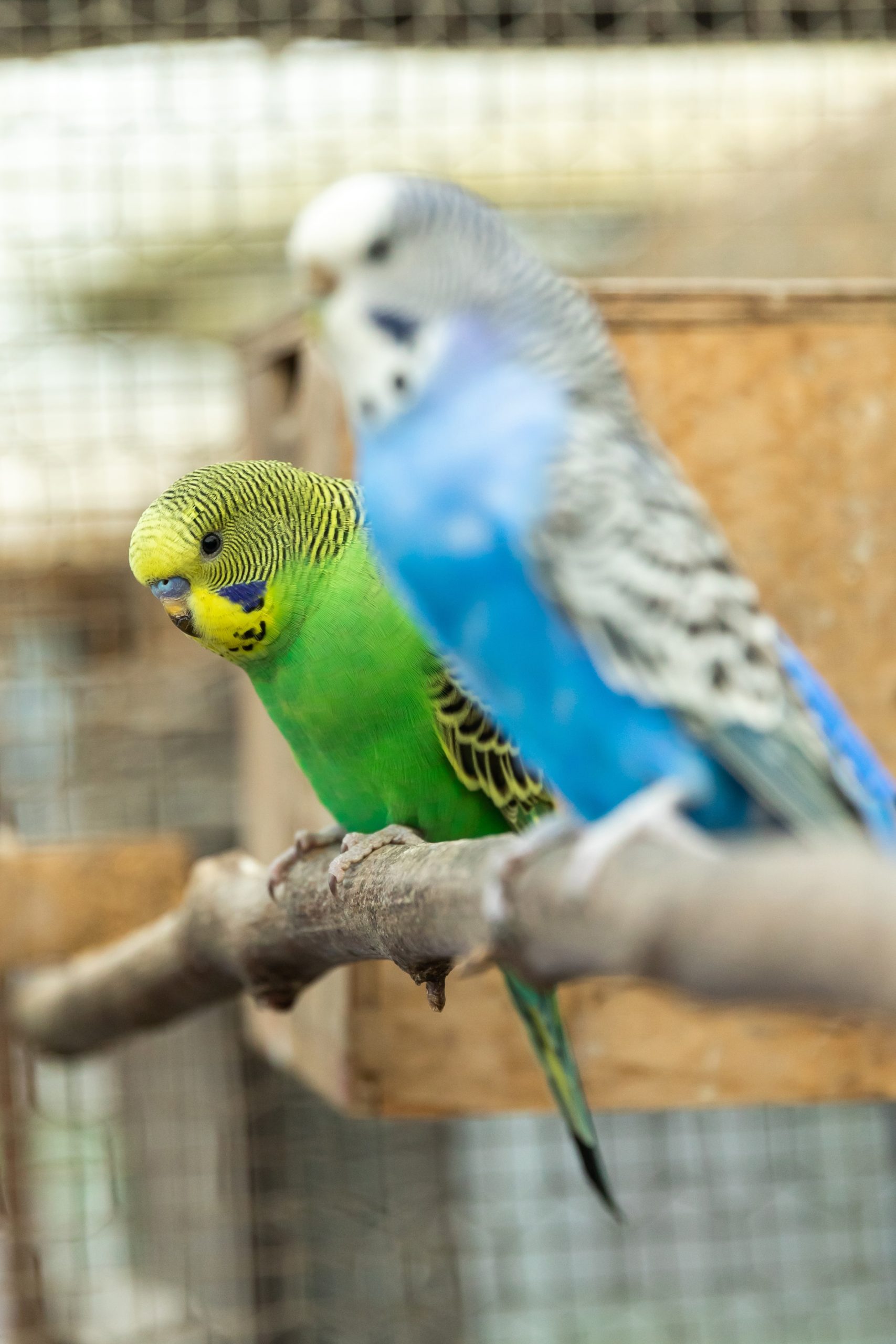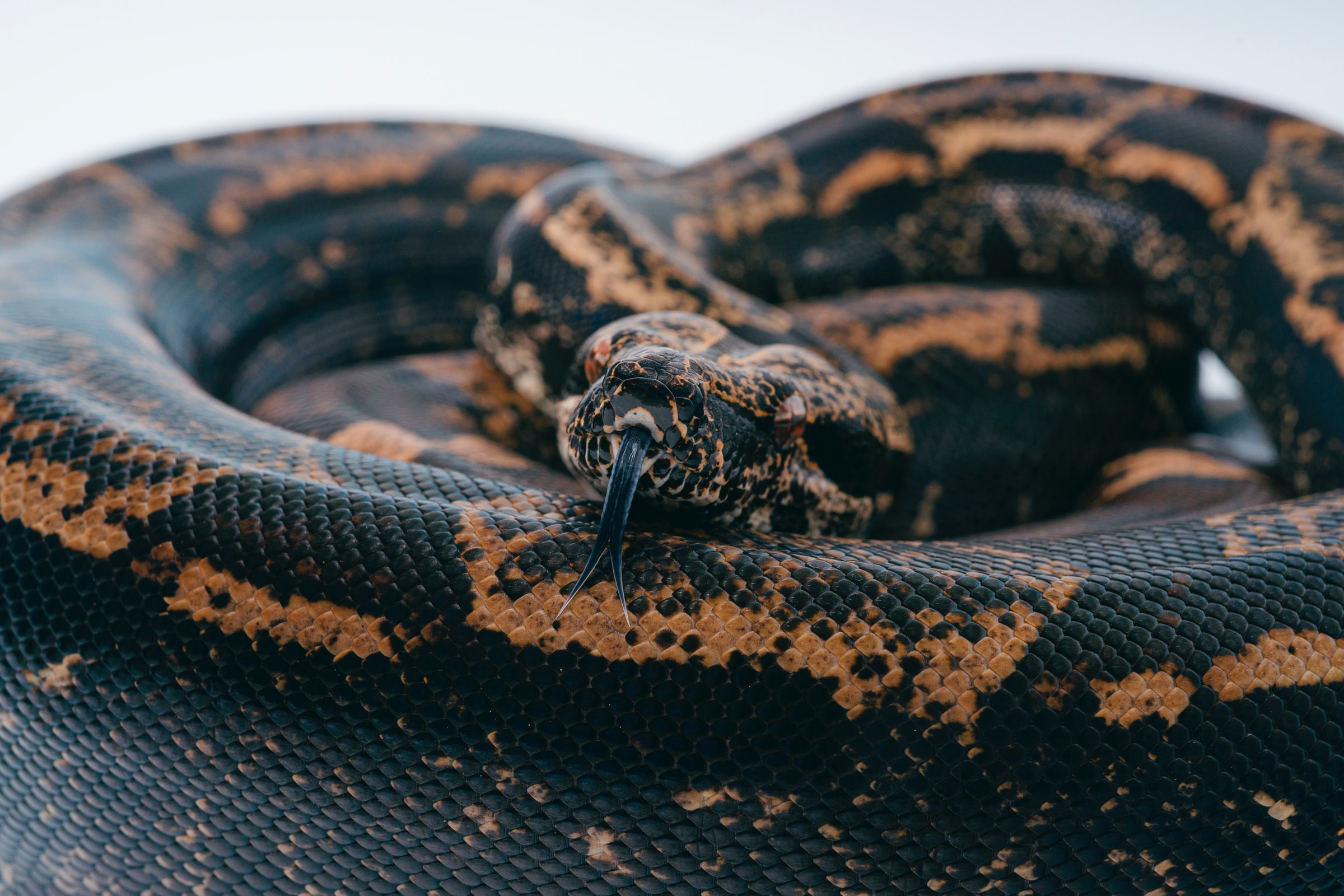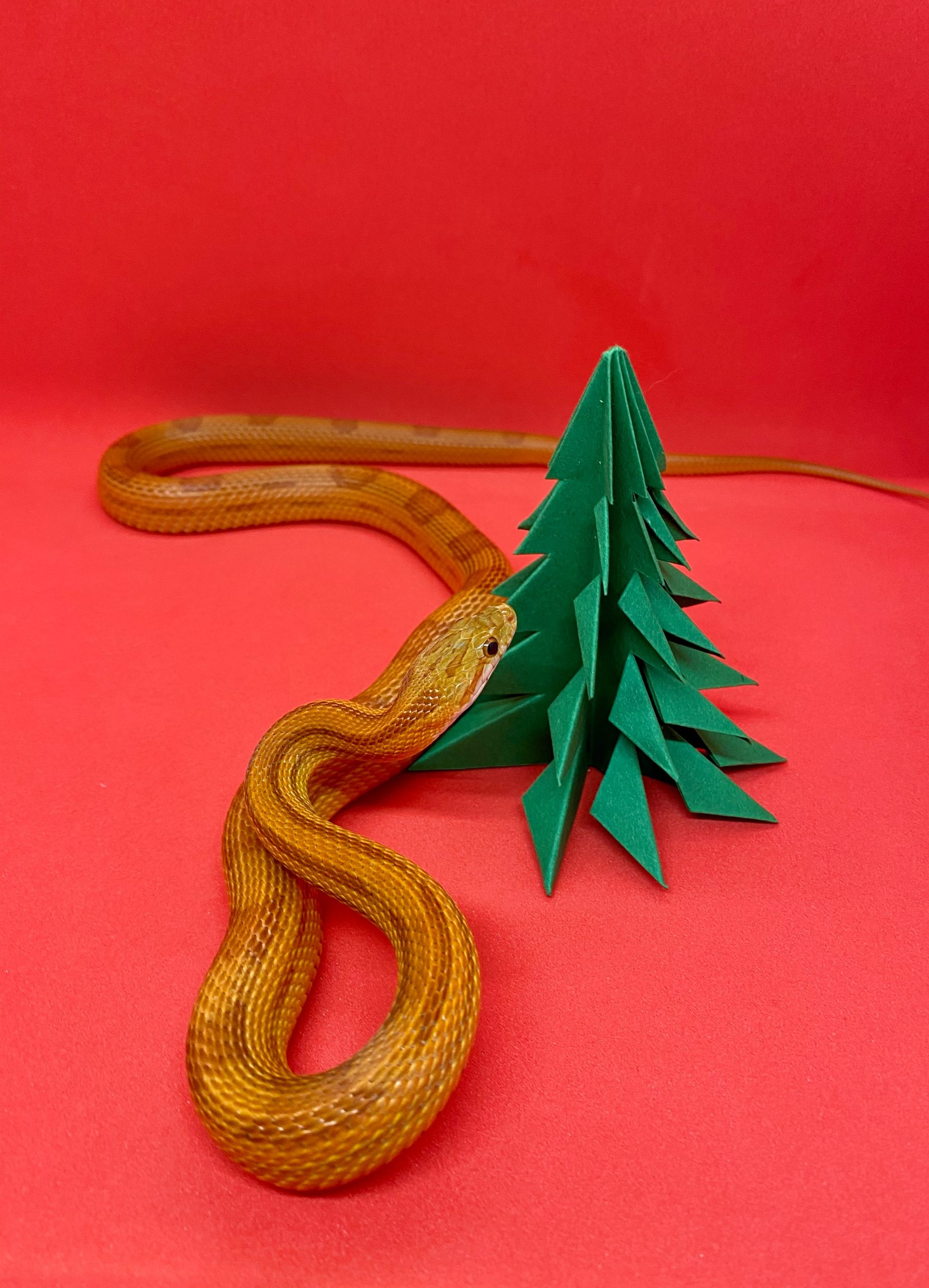
Taking care of exotic animals is often more complicated than it seems at first glance. These living beings come from environments that are extremely different from those of humans and are adapted to the specific conditions of their places of origin. Moreover, unlike cats and dogs, these animals have not undergone the process of domestication. Therefore, they cannot be treated in the same way as the most common pets.
It is necessary to recreate the conditions of their natural ecosystems for them to survive. Despite the difficulties, it is possible to ensure that exotic animals achieve an adequate standard of living in captivity, as long as certain guidelines are followed. So, without further ado, let’s dive into this blog and learn some of the things that you need to know about taking care of an exotic animal.
1. Research the animal

Perhaps the most important point in exotic pet care is the previous investigation of the animal’s care and characteristics. Before acquiring an exotic pet, you need to know in depth the conditions it needs to survive and how to achieve them. Some aspects you need to consider are equipment, terrarium dimensions, type of food, nutritional supplements, humidity level, water filtration, heat, and ultraviolet light sources. These conditions vary from species to species.
In addition, it is essential to ensure the species’ longevity, temperament, and adult size. Knowing these characteristics will help you avoid acquiring animals unsuited to a specific floor or lifestyle, the tutor. The information available is not always reliable and can vary considerably depending on the source, so it is strongly recommended to contrast and consult as many reliable sources as possible. Don’t get carried away by the seller’s opinion alone, as their main interest is that you buy the animal.
2. Don’t buy on impulse and make sure the animal is the right one
It’s a good idea to have obtained all the necessary means of care, such as terrarium, substrate, thermostat, or thermal blankets- before buying the animal itself. You should also have found an appropriate veterinarian and a store where you can get regular food and other resources. Also, consider the requirement of the species and the level of knowledge needed to maintain it.
For beginners, less demanding species are recommended, about which there is more information and which are more resistant. In addition, one must be realistic with the economic, spatial, and temporal constraints when choosing a pet. Buying animals on a whim contradicts all these principles and prevents a thorough investigation. Therefore, it should always be avoided.
3. Always choose captive-bred animals

When it comes to acquiring exotic animals, there are generally 2 options: whether the animals were captured in the wild or whether they were bred in captivity. Adopted animals must always come from the second option. The capture of animals for the pet trade is one of the most serious threats to wild populations. These practices have brought many species to the brink of extinction. In addition, they are often cruel, illegal, and carried out by poachers.
Thousands of animals die in the process. Many others have suffered so much that they end up dying shortly after being adopted. A considerable number have parasites, poor health, and never get used to living in a terrarium. The best way to get healthy, long-lived animals that are comfortable in your home is to get them from a breeder. Preferably, you should get your pet from an accredited pet breeder with experience whose priority is the welfare of the animals.
4. Avoid collecting
A wide variety of exotic pets are available, especially in specialty stores. This can lead to interested people acquiring more and more different animals. One possible consequence is that the animals’ welfare is increasingly neglected, as their care takes up more time and space.
A small change in the owner’s life could leave the animals unattended. On the other hand, exotic animal collectors often seek out the rarest and most exclusive species. The care in captivity of these species is not at all clear, so many of them end up dying, sick, or with a very poor quality of life.
5. Beware of exotic animal morphs

Through artificial selection, breeders have been able to produce animals with colors that they would never have in the wild. These colorations are called morphs. Morphs are highly visible but can be linked to high levels of inbreeding, neurological defects, or other harmful side effects. For this reason, morphs of some species have a poor quality of life and should not be marketed. Before acquiring a morph, you must ensure that it does not affect the health of the animal.
Sound off in the comments section below, and tell us what you want to read next and if you want to read more about taking care of an exotic animal.





